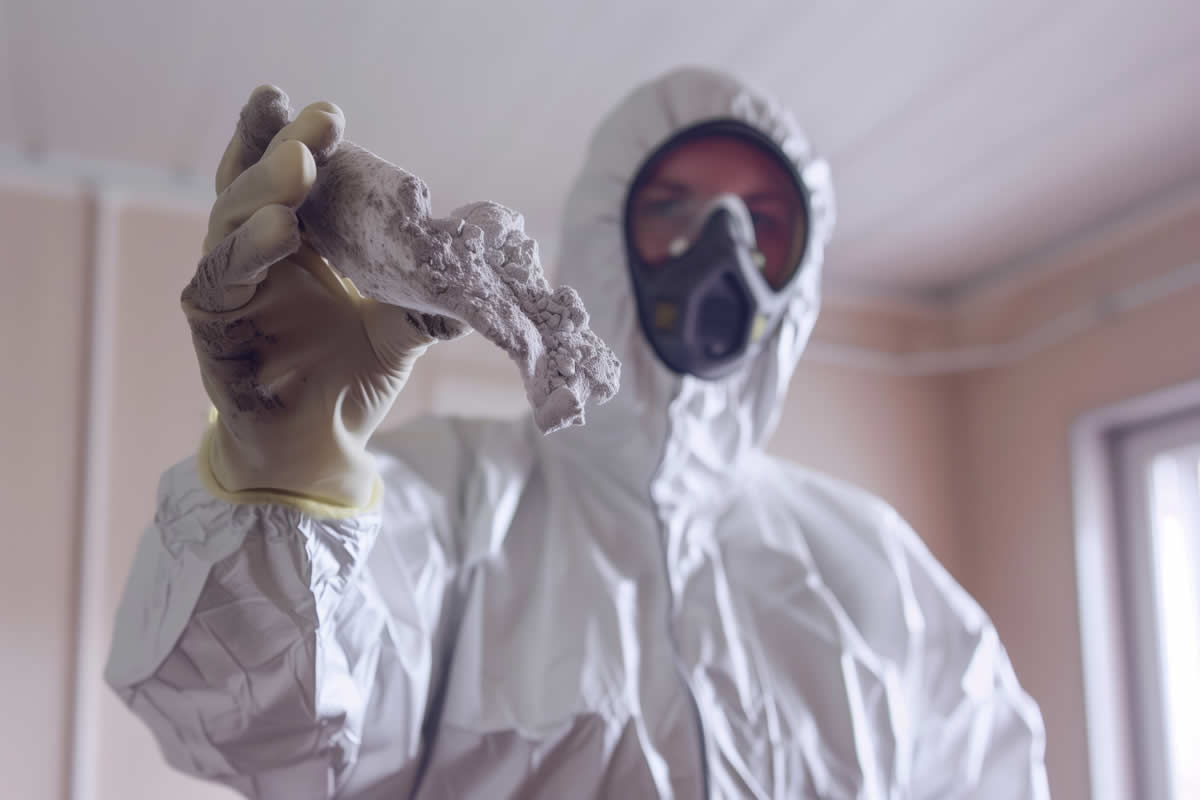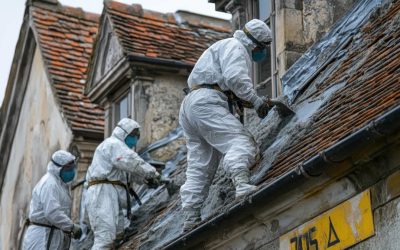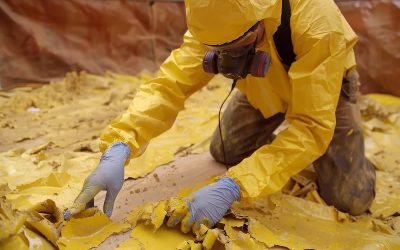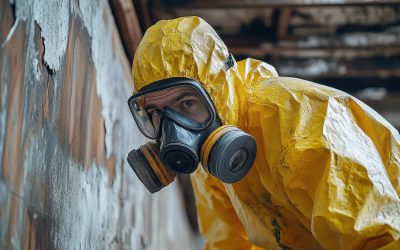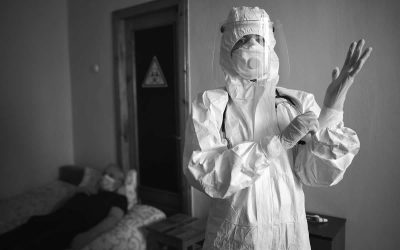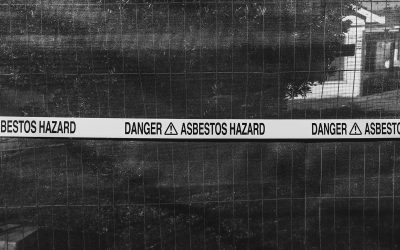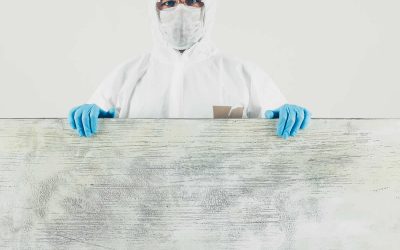You stand in the loft. You glance at old insulation, cracked boards, and pipes wrapped in something that looks too dusty to trust. You ask yourself a direct question: does any of this hide asbestos? You need a clear answer, yet you soon learn the answer rarely sits on the surface. In this guide you and I will move through every clue you can use. We will keep each idea simple, each sentence tight, each pair of linked words close, so you never have to fight the text. By the end you will know how to judge the risk, how to test a sample, and when to hand the job to a licensed professional.
Why you should care
Asbestos kills. The fibres lodge in lung tissue, lie silent for decades, and then trigger asbestosis, lung cancer, or mesothelioma. No safe exposure exists. A single mistake with a drill, a saw, or a scraper can release thousands of fibres. You breathe before you even notice dust. That is why you need to spot asbestos-containing material (ACM) before you disturb it.
What asbestos is
Asbestos forms in rock seams as bundles of needle-shaped crystals. Builders crushed and spun those fibres into mats, mixed them into cement, and sprayed them onto steel. The goal was always the same: keep fire and heat at bay. The UK banned blue and brown asbestos in 1985 and banned white asbestos in 1999. Anything built or refurbished before 2000 can still hide it.
The six main types at a glance
You do not need to memorise Greek names, yet it helps to know the colours used by surveyors:
- White (chrysotile) lies curled and flexible, often bound in cement.
- Brown (amosite) sits stiff and brittle in boards and insulating slabs.
- Blue (crocidolite) shows long straight needles, once sprayed on ceilings.
Three rarer types—actinolite, tremolite, and anthophyllite—turn up mostly as trace impurities.
Those colours vanish once fibres mix with plaster or adhesive. You cannot look at a roof sheet and see blue or brown lines.
Places where asbestos likes to hide
Walk through your home. Pause in each room. Keep an eye on older, hard materials that resist heat or damp. You often find asbestos in:
- corrugated cement roofs on garages or sheds
- textured coatings like early Artex on ceilings or walls
- flat asbestos cement sheets under window boards or behind fires
- pipe lagging and boiler insulation, especially the fluffy, cloth-wrapped kind
That short list covers the most common culprits. Plenty of other spots exist: floor tiles, fuse boards, guttering, soffits, even toilet cisterns.
What asbestos looks like in real life
You want a clear picture, yet pictures mislead. Raw asbestos fibre resembles fluffy cotton or fine wool. You almost never see it raw. Once mixed, it hides inside cement or plaster. An asbestos cement sheet looks like plain grey concrete. An insulation board looks like standard plasterboard. A sprayed coating looks like any old lumpy paint. In short, your eyes cannot confirm or deny. They can only raise suspicion.
Texture clues help a bit. Asbestos cement often shows shallow horizontal grooves from the old forming rollers. Insulation board feels heavier than plasterboard, yet lighter than solid wood. Pipe lagging crumbles into soft flakes rather than gritty dust. None of these clues prove anything; they only point you to lab testing.
Use the age of the building as a filter
If your house went up after 2000, the odds of asbestos drop close to zero. If it rose between 1985 and 1999, it might carry white asbestos but rarely blue or brown. Anything before 1985 can hold any type. The older the fabric, the more alert you stay. That date filter saves time when you survey multiple rooms.
Watch the condition and context
Asbestos sealed in good paint, set in solid cement, or trapped under carpet poses little day-to-day risk. Disturbance creates danger. You look for cracks, chips, drill holes, broken edges, or flaking surfaces. You also track likely future work—new lights, new pipes, loft conversions. If a task will cut, sand, or break a suspect board, you must test first.
How to take a safe sample
You can buy a self-sampling kit, yet consider the risk. One slip can launch fibres. If you still choose the kit, you follow these strict steps:
- Dampen the surface with a light mist to keep fibres down.
- Score a two-centimetre square with a sharp, disposable blade.
- Pop the fragment straight into the sealed bag provided.
- Wipe the area with a damp cloth, place cloth and blade in a second bag, and seal it.
You then post the sample to the accredited lab listed on the kit. Always wear a P2 or FFP3 mask, goggles, and disposable gloves. Better yet, hire a licensed surveyor who brings full-face masks, class-H vacuums, and proper waste bags.
Understand the lab result
The report tells you:
- type of asbestos found (if any)
- percentage of fibres in the sample
- product category (cement sheet, insulation board, lagging, coating)
If the result is positive, you decide between management and removal. Management means leave the material in place, label it on your building plan, check it yearly, and avoid disturbance. Removal means hire a licensed contractor. They set up enclosures, run negative-pressure units, and clean the air with specialised vacuums.
Weigh the cost and benefit
Testing one sample costs about £40 to £60. A full management survey for a three-bed house might land between £250 and £400. Removal varies wildly. Taking out a small cement shed roof might cost £500. Stripping sprayed coatings from a large loft can climb into the thousands. Compare those fees with the long-term cost of an undetected hazard. A clear survey now saves medical bills later.
Common myths to dismiss
People often shrug off risk with lines such as “white asbestos is safe,” or “paint seals it forever.” Both lines mislead. White asbestos still harms lungs. Paint breaks or peels over time. Another myth claims you can neutralise fibres with household glue. You cannot. The only safe fixes are controlled encapsulation with approved products or licensed removal.
Quick do-and-don’t recap
- Do treat any pre-2000 material as suspect until tested.
- Do keep surfaces damp and tools slow if you must drill before confirmation.
- Don’t sand, burn, or power-wash old cement sheets.
- Don’t break textured ceilings without a survey result in hand.
Those four points, kept short, guard you from the worst mistakes.
Air monitoring and clearance
If you hire a removal crew, an independent analyst will run air pumps during and after the job. They draw air through a filter, stain the fibres, and check counts under a phase-contrast microscope. Only when counts fall below 0.01 fibres per millilitre can you re-enter without masks. Ask to see the clearance certificate; keep it with your home records.
Asbestos and home resale
Survey reports matter when you sell. Buyers’ solicitors ask whether you know of any ACMs. Provide the lab certificates and show proof of removal if done. Openness smooths the sale and prevents later claims. If you hide a known risk, you could face legal action under misrepresentation rules.
Final check list before you start any DIY
Stand in the room. Run through these checkpoints aloud:
- Date – did builders finish this part before 2000?
- Material – does it look like cement sheet, insulation board, textured coating, or lagging?
- Condition – is it cracked, friable, water-damaged, or drilled?
- Plan – will my task cut, sand, or break it?
- Result – do I have a lab test that says “no asbestos”?
If any answer leaves doubt, pause. Bring in a surveyor. Your lungs, and the lungs of your family, will thank you years down the line.
Wrap-up
You can learn to spot the signs of asbestos, yet you can never confirm it by sight alone. Use age, location, texture, and condition as early filters. When suspicion stays, test. When tests read positive, manage or remove under licence. Each step costs time and money, yet each step keeps lungs clear.
You now hold the map. Walk each room slowly. Note what looks old, what looks brittle, what rests near heat. Flag every suspect spot. Test wisely. Act decisively. Safety sits in that steady, informed routine.
Are you looking for Asbestos Disposal in Nottinghamshire? If so, contact us now!
